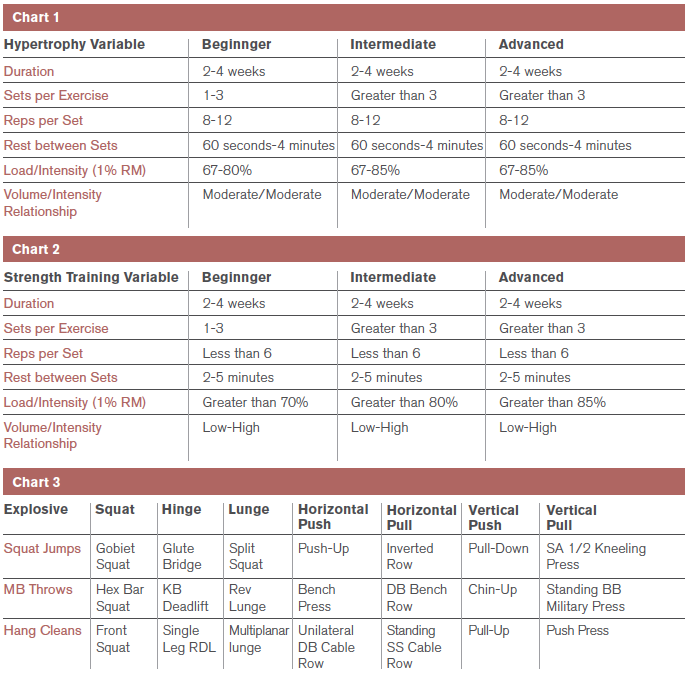Strength training principles to get players ready for the season
About 25 years ago I was attending a basketball camp at Washington State University. I thought I was pretty good, but that was until I met a man named Kevin Eastman. If you’ve ever been around Eastman, a respected coach and trainer who spent time in college and the NBA, you know that he’s intense.
“Are you serious about the game?” Eastman asked. I told him I play every day. “Go grab your training journal,” he told me.
Eastman wanted to see a log of my training workouts, but I didn’t have one. I didn’t even know what he meant.
“So you don’t have a journal, and you don’t track any of your workouts, and you say you’re serious about the game?” he responded. I told him I kept it all in my head.
“Let me see your goals,” Eastman said. I started feeling uncomfortable, and I told him I don’t have any written down — but I do know them.
“You’re not serious about the game,” he said.
At this point, Eastman started addressing the whole camp, teaching us how real professionals handle their business and prepare. It was one of those pivotal moments in life that you never forget. This experience shaped the way I look at preparation — on and off the court.
As we begin to prepare for the upcoming season, I want to share a couple of thoughts on how you can get the most out of your time. Whether you have three months, eight weeks or 30 days, it helps to have a plan of attack. I want to share the foundational principles I use to build preseason training programs for basketball teams and individuals.
First, let’s take a bird’s eye view of periodization. Periodization, in essence, is nothing more than “a training plan which changes your workouts at regular intervals of time,” Steven Fleck and William Kraemer wrote in their book on training. For the scope of this article, we will use a linear periodization sequence of hypertrophy, strength and power phases that typically work well for high school athletes but can be adapted for more advanced athletes.
From a purely performance perspective, here are three basic fundamentals:
- Specificity. Specific adaptations to imposed demands (SAID principle). You get what you train for.
- Overload. Stress, most typically known as the amount of weight lifted (may also be velocity-based). Without stress, there is no strength.
- Progression. A steady and systematic increase in work. Look for improvement.
If you’re a basketball coach or a player, this might not mean much to you. But it’s important to understand the implications of what you do in the weight room or in conditioning. As with most things in life, there are certain threshold limits that must be met to elicit the desired response. The key is finding the right dosage at the right time. At certain times of the year, like the offseason, I tell my players that the cost of doing business is being really sore.
With that said let’s take a look at a phase of training, meaning several weeks. For this specific time of the year, we’re looking at developing overall strength and adding a lean-muscle mass. Keep in mind that I’m gearing this toward the high school basketball season. Once you have a good understanding of this, we’ll begin to build individual days of training throughout a week (see charts 2 and 3 below).
- Length of training phase: Four weeks.
- Dates of training phase: Sept. 11 to Oct. 6.
- Goals: Hypertrophy/strength, depending on previous training experience.
- Overall phase volume: Increase muscle size, improve overall strength.
- Overall phase intensity: Moderate to high.
In this construct, your team would train three to four times a week, depending on what else you have planned during that time. We also distinguish between heavy, moderate or light training sessions, according to the volume and intensity for that day. Typically, more intense sessions are scheduled early in the week because of the extended recovery times over the weekend.
Once you have this in place, it’s time to build your training days. Chart 3 below is a menu of workouts you might include, but it’s not an exhaustive list. This just offers three movements in each major category that coaches can choose.
In the words of Henry Clay, “The time will come when winter will ask you what you were doing all summer.” Make sure you’re prepared.
- Henry Barrera, CSCS, is the director of performance for men’s basketball at Liberty University in Lynchburg, Virginia. He can be reached at [email protected] or on Twitter at @hoopdiaries.










